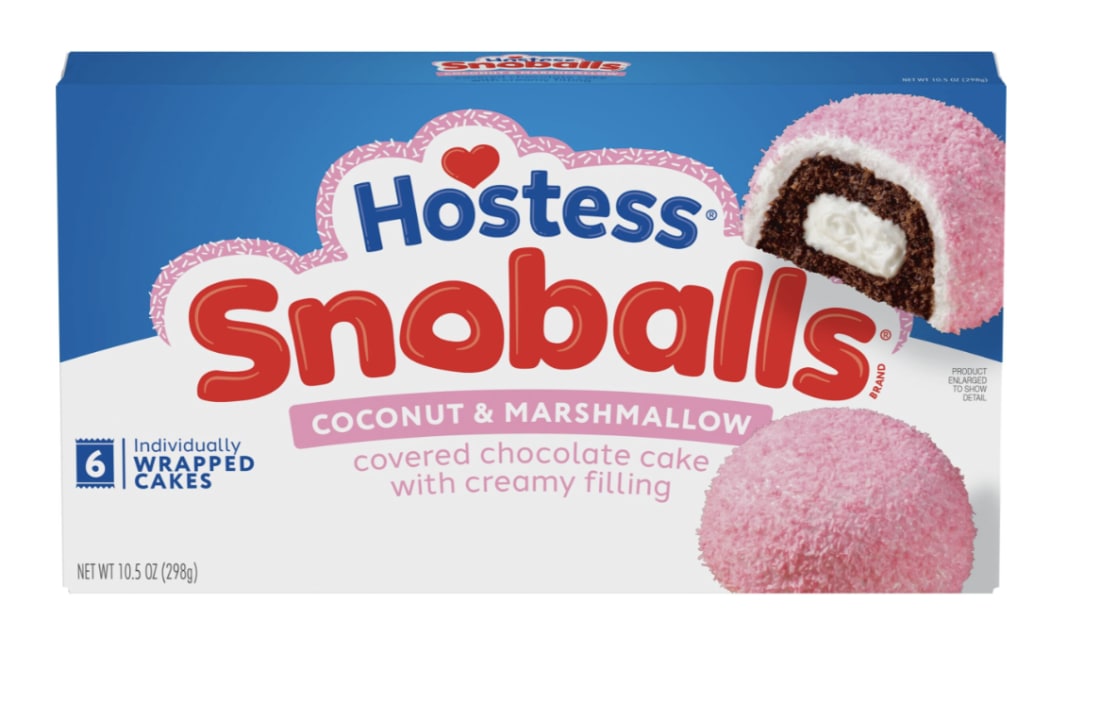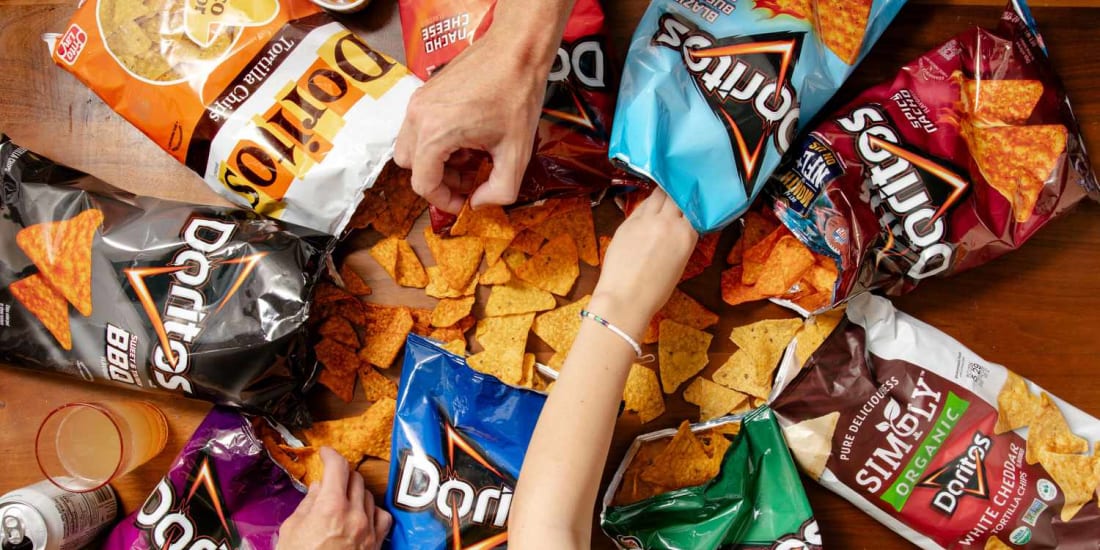|
 |
By John Klar, Contributor, The MAHA Report
[Republished with permission of The American Thinker, where it originally appeared.]
As a farmer, I have long known of the poor quality of ultra-processed foods. Pigs and rats were my best teachers.
Raising pigs for the first time more than two decades ago, we sought to save on feed costs by recycling human foods in lieu of grain. Initially, I fed our pigs canned goods beyond their expiration dates, but as they grew larger, it became too time-consuming and messy. I switched to leftover breads and sweets from a local JJ Nissen factory, filling my plywood-sided pickup to the brim with cheap, diverted-from-the-landfill human food.
At first, this seemed like hitting the jackpot. We distributed usable loaves of bread to local low-income neighbors in the rural Vermont town of Barton, and the pigs got the rest. At first, our sows seemed to like their new dinner fare, especially the breads. But they very quickly decided they didn’t really like the sweets.
Turns out, swine reject Ho-Ho’s, Ring-Dings, Ding-Dongs, Twinkies, Suzie-Qs, and Honey Buns. (I initially ate a Honey Bun or two, but they got old fast.) Pigs don’t read labels or packaging, so the kid-catchy names didn’t lure them, and the ingredient list didn’t repel them; their snouts did.
The story gets even more intriguing when one considers the fate of the rejected sweet-snack offerings. The pigs wouldn’t nibble like Hansel & Gretel, as their sense of smell protects them from such industrial food sorcery. This was especially the case for a popular human edible, Hostess Snoballs. Perhaps you’ve tried them? They are advertised as “coconut & marshmallow covered chocolate cake with creamy filling.”
We had garbage barrels full of plastic-wrapped and boxed sweets for our pigs, including Snoballs. (They now also come in a lavenderish version advertised as “fun color, same great taste.”) Although we could get our sows to eat some of the chocolate goodies, they just wouldn’t bite on the Snoballs.
As an experiment, I left a rejected pink Snoball on the floor in one of the pigs’ stalls. I would shovel up their manure and bedding daily, but leave the half-round pink dainty to tempt them on the concrete floor. But they wouldn’t bite. (I recall one brave, presumably very hungry pig taking a nibble, no more.)
With all that grain, bread, hay, and sweets stockpiled, we attracted a small population of rats that I would sic my border collies on when we startled them on barn entry. The rats would creep into the pigs’ stalls to scavenge for their leftovers. But they wouldn’t touch that pink Snoball.
Nor would the flies. I left the thing out for weeks, and nothing would eat it. Over time, it remained preserved, as though it had been prehistorically sealed in amber, though it was in the open air. It wouldn’t rot – even the mold and bacteria eschewed the rubbery marshmallow lure.
But this is what humans eat, every day, in multiple varieties. Ultra-processed Cheetos, Doritos, Pringles, Bugles, Oreos, Twix, etc. You name it — a pig won’t eat it (more than once). Human noses lack the discerning sense of smell of a pig. Dogs might eat it, but then dogs eat their own vomit, dead birds, and fecal deposits.
Attracted by colorful labeling, logos, and marketing, Americans will eat just about any food-industry waste product doctored up with appetite-suppressing additives, bright petroleum-based dyes, and flavored with unhealthy doses of sugar. (Margarine was peddled as healthier than butter, and Americans bought it!) The consequences of obesity, diabetes, cancer, impaired microbiomes, depression, anxiety, and compromised reproductive systems are not something a farmer wants to feed his livestock.
So, dear reader (of ingredient labels and product names), next time you find yourself beguiled by a grocery store aisle display of colorful food that is handy, tasty, and unhealthy, please remember that pigs, rats, flies, and bacteria will leave it at the bottom of a landfill for eons.
So should you.
John Klar is an author, pastor, and attorney. He raises grass-fed beef and sheep in Vermont. His Substack, Small Farm Republic, is based on his 2023 book “Small Farm Republic: Why Conservatives Must Embrace Local Agriculture, Reject Climate Alarmism, and Lead an Environmental Revival.”
Thank you for subscribing to The MAHA Report
You can follow us at: TheMAHA_Report on X
You can also follow us at: MAHA Action on Facebook
Make America Healthy Again™ and MAHA™ are trademarks owned by MAHA TM LLC


